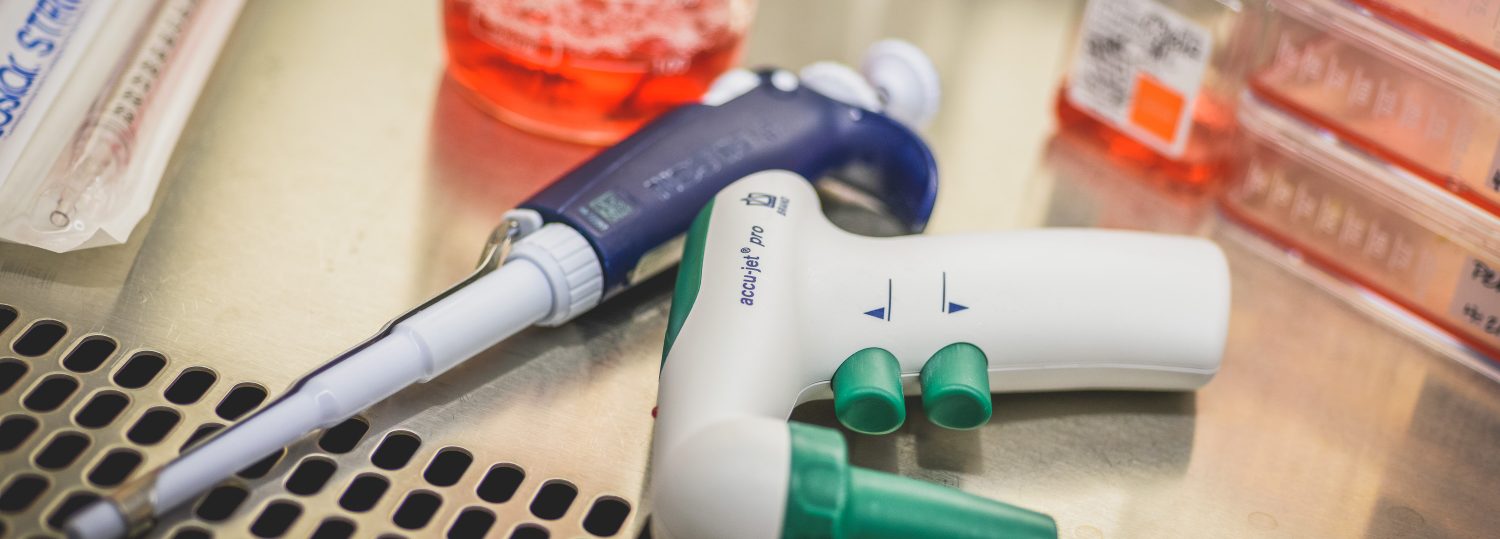
Tendon and ligament healing
UNDER CONSTRUCTION
Multiple studies have demonstrated using stem cells can speed wound healing in different species. They allow wounded tissue to heal more completely and with less scar formation. We’re currently evaluating the use of stem cells and other therapies for treatment of several different types of injuries. These include musculoskeletal injuries, eye injuries and distal limb wounds.
Musculoskeletal injuries
These are very common athletic injuries. They include damage to tendons, ligaments, and structures within joints such as the menisci, collateral ligaments, and cartilage. With FDA approval, our lab offers a bone marrow-derived mesenchymal stem cell culture service for equine patients of the North Carolina State University Equine & Farm Animal Veterinary Center. This is an very advanced treatment. For more information, please contact Dr. Schnabel at lvschnab@ncsu.edu.
